Snakes can grow to enormous sizes, although some reports have long been exaggerated. The largest snakes in the world belong to the python and python family. Which family contains the largest depends on whether you measure these reptiles by weight or length. While man-eating snakes are extremely rare (although they have been known to occur), there are still some truly giant reptile species crawling around our planet.
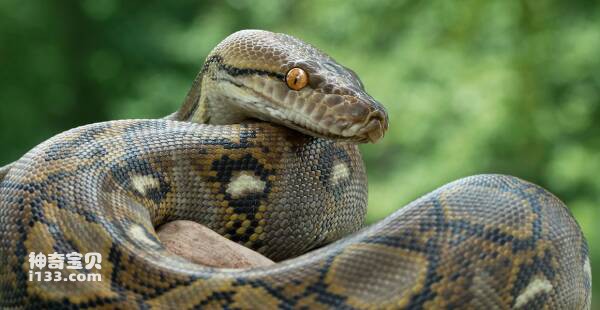
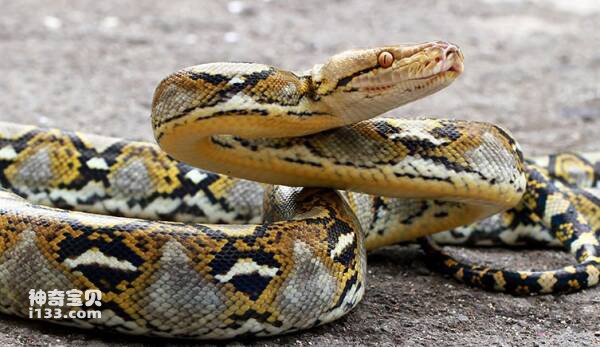
The reticulated python (Malayopython reticulatus) is the longest snake in the world, often exceeding 6.25 meters in length. It is the longest of the 39 species in the Python family.
The longest reticulated python on record was discovered in 1912 and reached an astonishing 10 meters in length, more than half the length of a bowling alley, making the snake longer than a giraffe. Reticulated pythons live in Southeast Asia, and although they are commonly found in rainforests, woodlands, and grasslands, their habitat preferences appear to depend on their location. In Myanmar, these non-venomous snakes are only found in pristine forests, while in Singapore, Indonesia and Malaysian Borneo they have also been found in sewers.
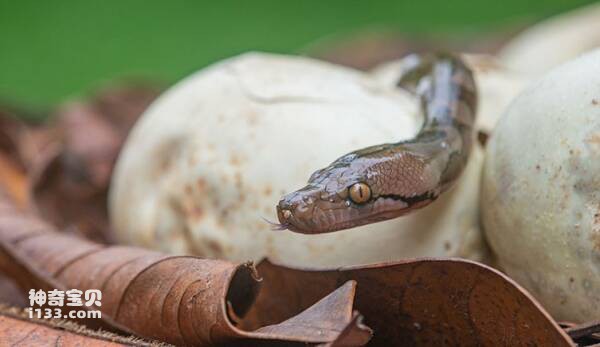
Reticulated pythons are about 60 centimeters long when hatched, but can grow to enormous sizes throughout their lives.
Reticulated pythons are known to climb trees by wrapping their bodies tightly around tree trunks and using their muscles to propel themselves upward. The longest and heaviest captive snake ever recorded was a female reticulated python named Medusa. The Medusa held in the United States is 7.67 meters long and weighs 158.8 kilograms. The green anaconda (Eunectes murinus) is also an exceptionally long snake. But exaggerated length measurements have been made of them in the past, with snakes over 24 meters reportedly seen. In fact, green anacondas rarely exceed 6.25 meters.
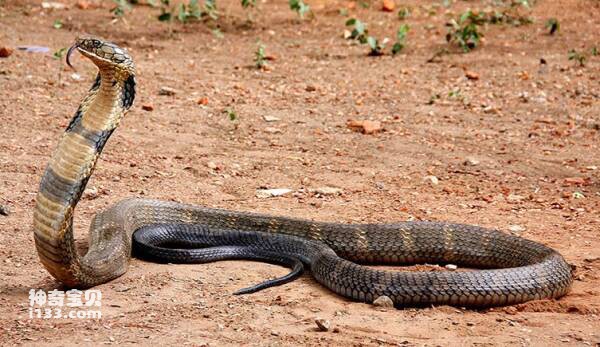
The King Cobra is the longest venomous snake in the world. This one displays its length in a raised defensive posture.
The King Cobra (Ophiophagus Hannah) is the longest venomous snake in the world. In 1937, a 5.54-meter-long King Cobra was discovered in Negeri Sembilan, Peninsular Malaysia. It was captured and kept at London Zoo, where it eventually grew to 5.71 meters. But the giant snake was killed at the outbreak of World War II to avoid putting the public at risk if the zoo was bombed and the snake escaped.
It is uncommon for king cobras to exceed 5 meters, although their average length is 3.7-4.6 meters, making them large animals. These snakes display their length best when they feel defensive or need to be seen above tall grass or shrubs. They will raise the front of their bodies to about a meter above the ground and can even chase threats in this position. As an additional intimidation tactic, they hiss and flatten their neck ribs into their hood, creating the classic cobra shape.

A museum worker holds a king cobra specimen from the 1930s. It is thought that the specimen may have just arrived at the museum when this photo was taken.
However, these snakes usually prefer to flee rather than fight. King cobras are found in a variety of habitats across South and Southeast Asia, including forests, mangrove swamps, and some farmland with remnants of woodland. They are also excellent swimmers.
However, except for some forested areas in Thailand, they are generally not common in any area where they live. King cobras are listed as vulnerable by the International Union for Conservation of Nature. Parts of their range face population declines of more than 80% within 10 years due to habitat loss and exploitation (eg harvesting for skins, food and medicinal purposes).
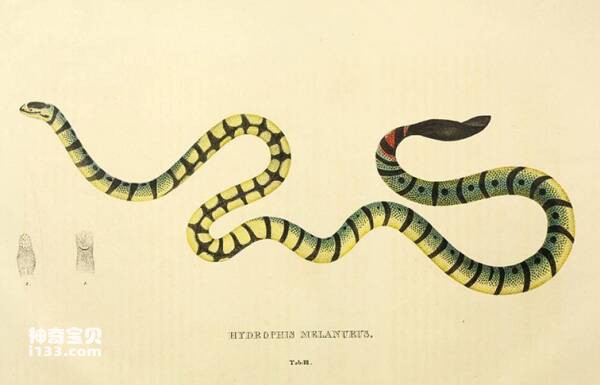
The yellow sea snake is believed to be the longest sea snake species in the world
The yellow sea snake (Hydrophisspiralis) can reach 2.75 meters in length and is the longest sea snake species. However, most collected specimens are less than two meters long. Yellow sea snakes live in the northern Indian Ocean and parts of Southeast Asia, and can also be seen in the southwest Pacific near New Caledonia.
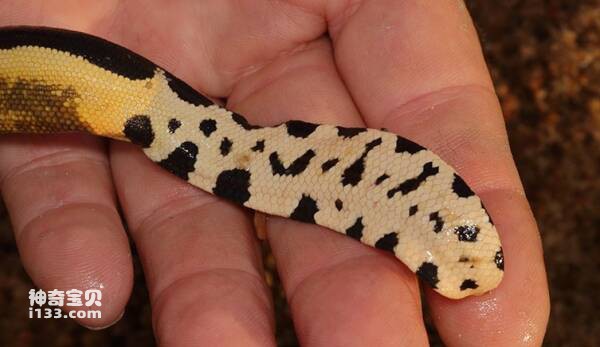
All sea snakes, including yellow sea snakes, have paddle-like tails that help them move through the water. This is the tail of a yellow-bellied sea snake.
Very little is known about these sea snakes. The species has been recorded living 50 meters below the surface, usually on muddy, sandy bottoms, feeding on eels.
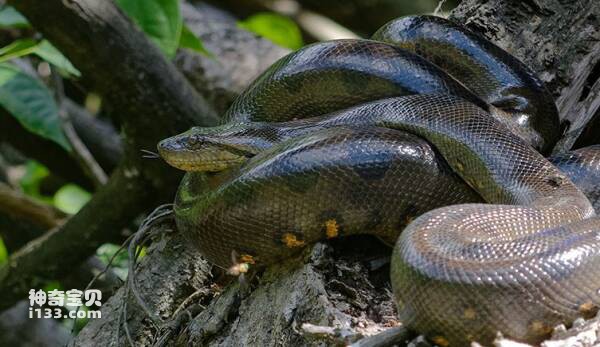
The green anaconda is the heaviest snake in the world. However, their size has been exaggerated in the past.
The green anaconda is the heaviest snake in the world. The heaviest anaconda ever recorded weighed 227 kilograms. This giant snake is 8.43 meters long and 1.11 meters in circumference. Although the reticulated python is longer, it is also very slender. Pythons are huge. It is estimated that a 5.2-meter-long anaconda weighs about the same as a 7.3-meter-long reticulated python.
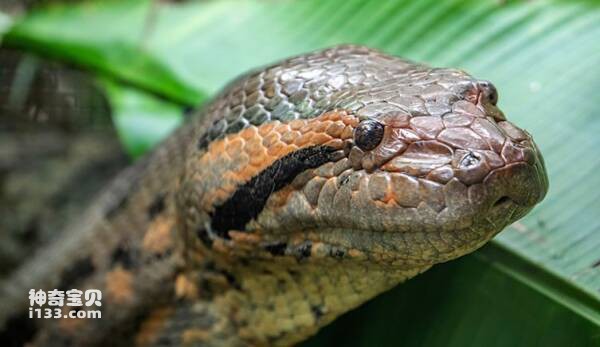
Anacondas spend most of their time in the water, with their eyes and nostrils located on the top of their heads
The green water anaconda is non-venomous and lives alone. It is distributed in South America and Trinidad. They spend most of their time in water, usually in swamps, swamps, slow streams and rivers. Because of this, the nostrils and eyes have evolved to the top of the head instead of to the sides, allowing the snake to breathe and see prey and predators on the surface while its massive body remains underwater.
These snakes eat a variety of foods, from turtles and fish to peccaries, deer, capybaras (the world's largest rodents), and even, on rare occasions, jaguars. Anacondas, members of the python family, use their long, muscular bodies to constrict their prey.

In 1912, a boa constrictor was taken out of its box upon arrival at the New York Zoo (now the Bronx Zoo). Image: Internet Archive book image from Flickr
Although "anaconda" is often used to refer to the green anaconda, there are actually three other smaller species: the Bolivian anaconda (Eunectes beniensis), the black-spotted anaconda (Eunectes deschauenseei), and the yellow anaconda (Eunectes). notaeus). They are both found in South America.

The Eastern diamondback rattlesnake is the world's most venomous snake
The Eastern diamondback rattlesnake (Crotalus adamanteus) is a type of rattlesnake and is considered the heaviest venomous snake in the world. It is huge, with an individual length of 2.56 meters and a weight of 15 kilograms. However, the eastern diamondback rattlesnake usually weighs 5.5-6.8 kg and is 1.5-1.8 meters long.
Found in the southeastern United States, this snake prefers flat woods, coastal forests, and scrub habitats. Although it is a confident swimmer and is occasionally seen in marshes and among barrier reefs, it is less common in wet areas.
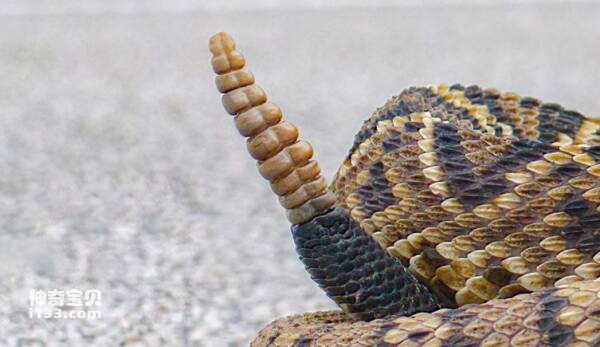
Rattlesnakes are named for the rattling sound they make at the end of their tails. The structure consists of interlocking hollow segments. These snakes vibrate their tails rapidly and make a rattling sound to warn potential predators.
Adult eastern rattlesnakes feed on small mammals such as rabbits, squirrels and small birds, while young ones feed on mice. They attack their prey with a venom-filled bite, then allow it to crawl away and die, at which point the snake eats it.
The Gabon viper (Bitis gabonica) is another large snake, but it is not as heavy as the eastern diamondback rattlesnake. However, one particularly long individual, measuring 1.83 meters long, weighed 11.34 kilograms.

The Gabonese viper is the snake with the longest fangs.
Although the Gabonese viper is generally not as heavy as the eastern diamondback, its fangs are the longest of all snakes, measuring up to 55 millimeters long. They also have the highest venom production, carrying 600 milligrams at a time.
animal tags: snake
We created this article in conjunction with AI technology, then made sure it was fact-checked and edited by a Animals Top editor.